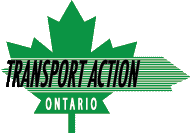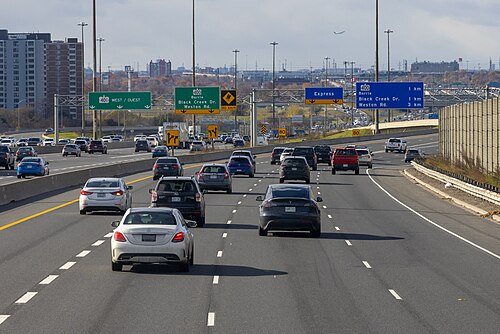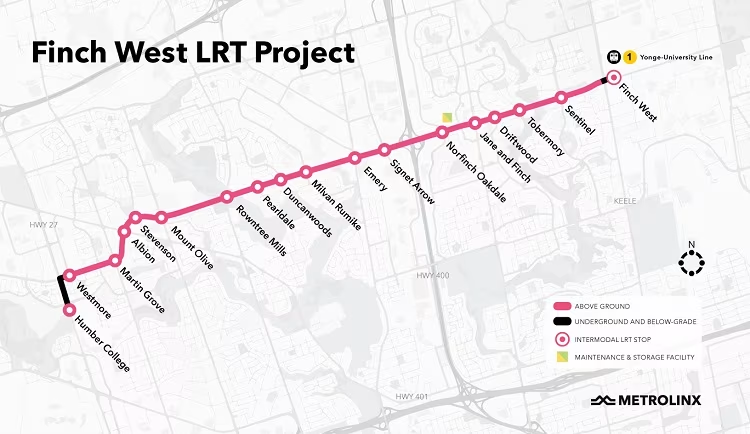
Comments on Environmental Impact Assessment Report for Highway 413
By Transport Action Ontario | Highways and Bridges , Latest News
The Ministry of Transportation has released a draft report entitled “Highway 413 Preliminary Design and Assessment of Environmental Impacts” for public comment. The document is large – 1700 pages. Transport Action Ontario has submitted comments in two areas:
- Species at Risk are in grave jeopardy. Impacts from highway will contravene federal objectives. This comment is based on two recent expert reports commissioned by Environmental Defence Canada – on the red side dace and the western chorus frog.
- Scope of report is too narrow. A re-evaluation of alternatives to the undertaking would show that transit is a better alternative than Highway 413. This comment is based on the recent joint report published by Transport Action Ontario and Environmental Defence Canada entitled “Transit over Traffic: Hard Truths for Addressing Gridlock in the GTHA”
Our full submission can be viewed below.





